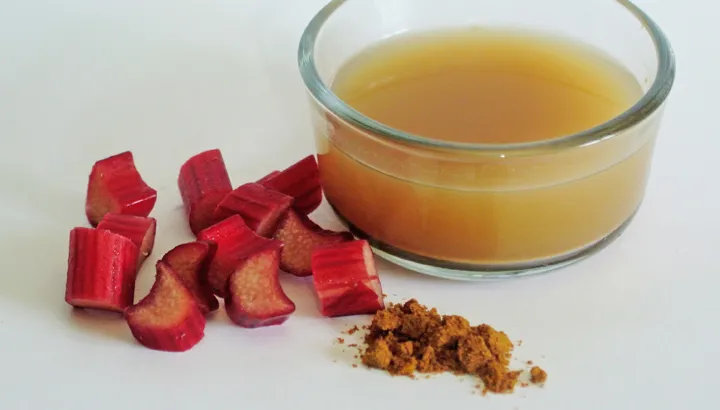
- Share on Facebook42
- Share on Pinterest
- Share on Twitter
Dying your hair is common — you’d almost say it’s the ‘norm.’ When you think about it, how many people do you know who currently dye their hair? The answer is, a lot! According to a study, published in the Journal of Clinical and Aesthetic Dermatology, it is estimated that 66 to 74 percent of women dye their hair.
The problem is, these dyes not only damage your hair, but they could also increase your risk of developing varying types of malignancies — otherwise known as a cancerous growth. There are alternatives to permanent hair dyes, and you may have one growing in your backyard as we speak.
The dangers associated with conventional hair dyes
As mentioned, so many people dye their hair, that in many ways, it can be seen as a significant public health issue. One of the main concerns over the years has been due to known carcinogens and their use in commercial hair dyes. Based on a number of findings, it appears that permanent hair dye increases your risk of multiple types of cancer.
Within a study published in the American Journal of Epidemiology, 769 adults with acute leukemia were examined, as well as 623 control subjects. In terms of cancer risk, researchers reported that the greatest risk occurs when dying your hair for 15 years or more, using hair dye up to six times yearly.
Unfortunately, a number of other studies have found similar results, including a study published in PLOS ONE. It was found that the risk of breast cancer increased by 23 percent among women who used permanent hair dyes. Researchers have also raised concerns regarding bone marrow and bladder cancer.
The beauty of a rhubarb hair rinse

There are a wide range of herbal, all-natural hair dyes and rinses, all which can be made in your kitchen with ease. From black walnuts to coffee, lemon juice to henna, you have options. One of those options, is a bright red plant that you may bake into a pie — say hello to rhubarb root.
If you grow fresh rhubarb, you can most certainly dig up a section of root — which is actually toxic to eat. This is due to oxalic acid, a compound that can actually be used to tan leather and clean metal. In terms of your hair, oxalic acid acts as a fixative, making it last much longer than other traditional herbal rinses.
Related: 4 Non-Toxic Ways to Color Your Hair
Containing chrysophanic acid and emodin, rhubarb root contains two natural dyes that bind to keratin in your hair. In terms of hair dye, rhubarb root is best suited for light hair, helping to enhance golden tones. However, this rinse will also provide conditioning effects for those with darker hair.
|
Make your own rhubarb hair dye
|
| Prep Time: |
| 1day |
| Cook Time: |
| 15minutes |
| Total time: |
- 3tbsp dried rhubarb root (can be purchased at a health food store in powder form) or half a cup of fresh root (washed thoroughly)
- Stainless steel pot
- water
- All you need to do is add your powder or fresh root to a pot of boiled water, allowing it to steep overnight.
- The next day, strain, and pour rinse on your hair. Allow to dry in the sun before washing thoroughly. Repeat twice weekly until you reach your desired results.
–Krista Hillis
- Share on Facebook42
- Share on Pinterest
- Share on Twitter

